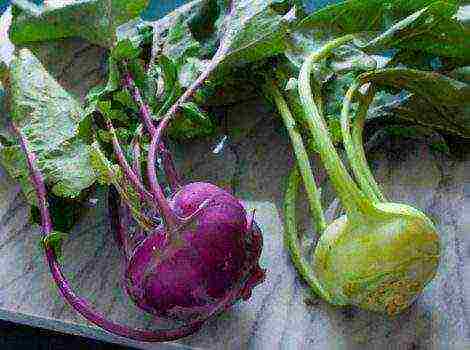Content
- 1 Proper planting and cultivation of asparagus beans in the open field
Proper planting and cultivation of asparagus beans in the open field
At first, asparagus beans did not become widespread in the garden plots of amateurs. But it’s completely in vain. Over time, people realized that the delicate pods of this variety could find more use in cooking than simple varieties. Although its ripe fruits are tougher, on the other hand pods do not contain parchment walls and hard fibers... That is why the whole pod can be eaten.
Description and characteristics of asparagus beans
These beans owe their name to asparagus, which are reminiscent of ready-made pods in taste. But in terms of biological relationship, asparagus beans are very similar to common beans. Their main difference is the absence of fibers and a solid film inside. Outwardly, they can be distinguished by the shape of the pods. In asparagus varieties, they are narrower and longer in shape. Asparagus varieties also include a separate species called Vigna.
In the northern area, legumes are grown through seedlings. In the south, on the contrary, you can manage to grow two, and sometimes even three crops per season.
There are three main types of asparagus beans:
- bush;
- half-curling;
- curly.
- Bush
- Curly
The shades of the pods also differ from cultivar:
- green;
- yellow;
- Violet;
- Red.
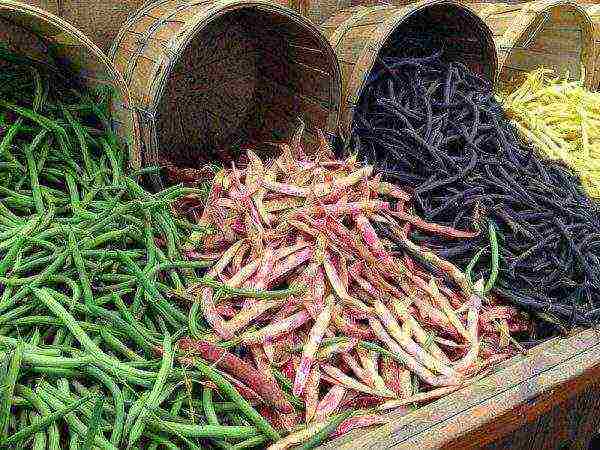
They are narrow in shape, but long.
Flowers in different varieties may differ from each other. Sometimes they are even used for decorative purposes. Oddly enough, most varieties are shade-tolerant and can be grown even on the northern side of the plot in the open field.
Homeland and regions of growth
South and Central America is considered the homeland of asparagus beans. Since ancient times, the inhabitants of these regions have known about the miraculous properties of asparagus beans. Even the ancient Romans used this plant for cosmetic purposes. In Europe, this plant got into 16 century. In Russia, it was originally used to decorate gardens and flower beds. They began to eat it only after a couple of centuries.
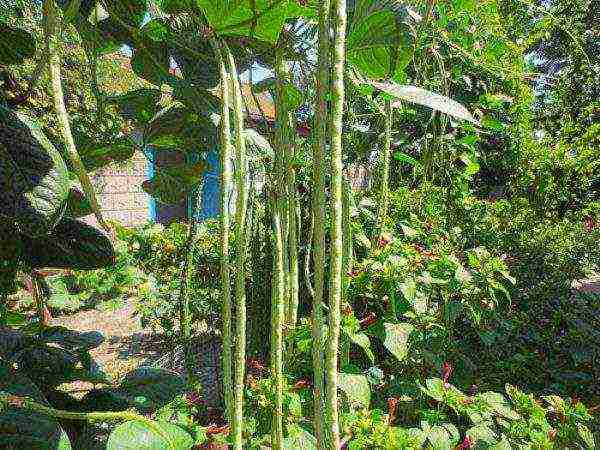
Nowadays, asparagus beans are grown almost everywhere. Its beneficial properties and taste have found application not only in cooking, but also in cosmetology and other sectors of the national economy.
Most popular varieties
Asparagus beans already have a huge number of varieties. Some of them have become real favorites with domestic gardeners. These include:
- Turk;
- crane;
- tenderness;
- Snow Maiden;
- oil king.
Turk

The first one is very often used for decorative purposes. The length of her lashes reaches 3 meters. Decorativeness is achieved due to the fact that the foliage covers the stem very densely. In addition to the beauty on the site, you can also enjoy delicious fruits. Pod length reaches 20 centimeters. Their color can be green and pink. The yield is good enough.
Crane
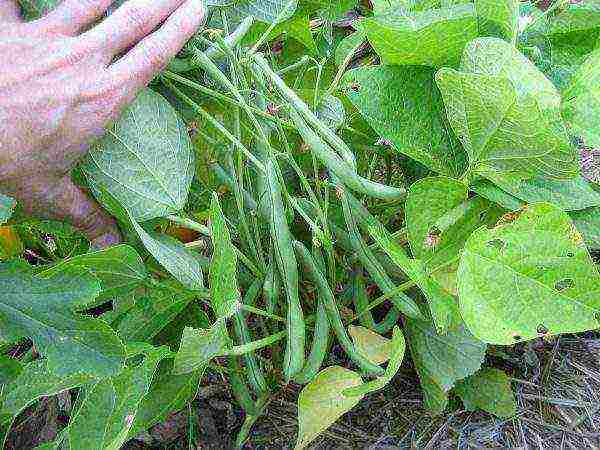
It belongs to the early varieties and tastes very much like asparagus. Vegetable bean bushes are rather small, the height of the lashes is about half a meter. Seeds are green. The yield is high.
Oil king
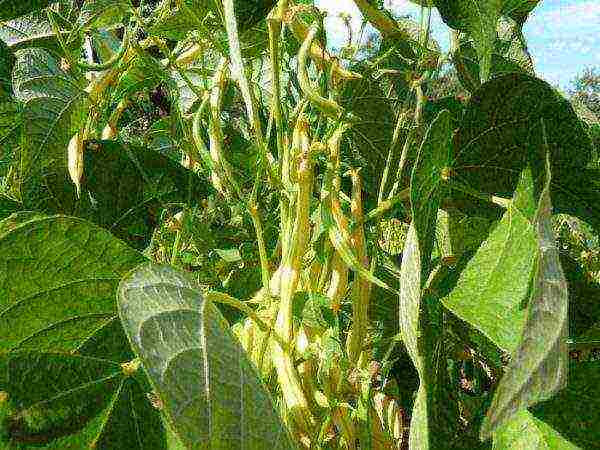
Another very popular early variety is the Butter King. The bush is very compact, less than half a meter in height. It is very resistant to diseases and pests, does not require regular watering, and tolerates drought well. The beans are yellow in color, the pod length is about 25 centimeters. Excellent taste, high yield.
Technology and scheme of planting vegetable seeds in open ground
How to plant this legume crop correctly in your country house? Beans are a rather thermophilic plant, they do not tolerate frost. When the temperature drops to +10 degrees, the plant stops growing, and even with the smallest frost it simply dies. For planting, you must try to select loose, well-drained soil. You can pre-apply organic fertilizers.
If the soil on the site is poorly fertile, sandy, then nitrogen fertilizers are applied in the spring (for example, ammonium nitrate 20-30 g / m2).
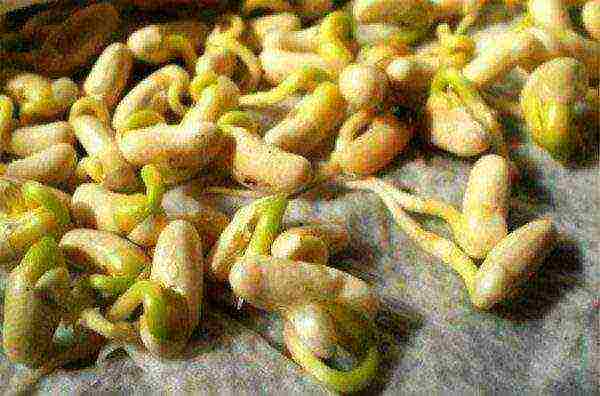
Beans have a very well developed root system, so they tolerate drought well. But in the absence of rain for a long time, watering is still necessary. But the plant does not tolerate excessive moisture.
The seeds can be sown either dry or by pre-soaking them in a growth stimulant solution. You don't have to buy chemical stimulants. Honey, ash, humus and manure will be quite suitable. Sowing is carried out at an average depth (about 3-4 cm). If the planting is deep, then the seedlings will have to wait for a very long time, and their root system will be weakened. The seed in the garden is planted according to the following scheme: the distance between the rows should be 40-50 cm, and between the holes - 20-30 cm.
Post-plant care and plant cultivation in the garden
After the asparagus beans have sprung up, caring for it consists in watering, loosening and weeding, fertilizing and pest control.
If after planting there is a threat of night frost, then the sowing should be covered with a film or special material. A month after the emergence of seedlings, you need to carry out the first feeding with nitrogen fertilizers. This procedure is especially important in dry weather. With an insufficient organic content in the soil, complex fertilizers can also be applied.
During the period of pod ovary, it will be appropriate to fertilize with potassium-phosphorus fertilizers. For climbing beans, it is advisable to build supports. If the variety you have chosen also has a beautiful flowering, then you can use it as a decorative one.
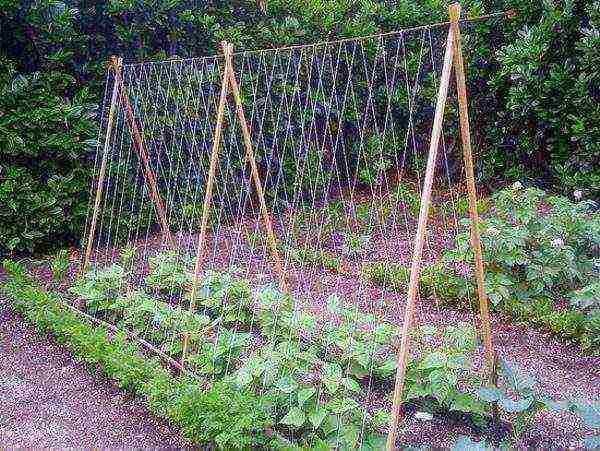
When weeding the beds, the grass can not be thrown away, but used as mulch. Later, it can serve as a good fertilizer, since beans respond well to organics.
Harvesting and proper storage of crops
Asparagus beans are usually harvested without allowing them to ripen. That is why it is very important not to miss the moment of collection. This is best done a couple of weeks after the ovary appears. It is during this period that the supply of nutrients is greatest, the pods are soft and tasty, and the grains are small. When the pods are removed, the plant begins a new wave of flowering and continues to set the pods. This harvesting technique allows you to harvest until the very frost.
- Frozen asparagus beans
- Canned Green Beans
Usually, the harvested crop is consumed both fresh and canned, frozen. The collected pods can also be stored in a cool and dark place for a short time. However, after a week they will begin to coarse and lose their marketable qualities. That is why it is better to use freezers for storage for a longer period.
Asparagus beans are valued not only as a component of culinary dishes, but also as an ornamental plant. In addition, it enriches the soil with nutrients and nitrogen, which is also important. In cultivation, this culture is not capricious, and harvesting is very simple. The beneficial properties of beans have been used since very ancient times, some recipes have survived to this day.


